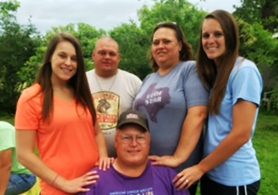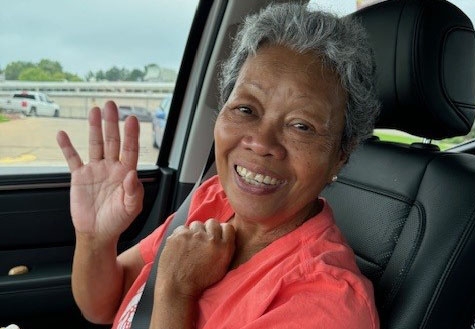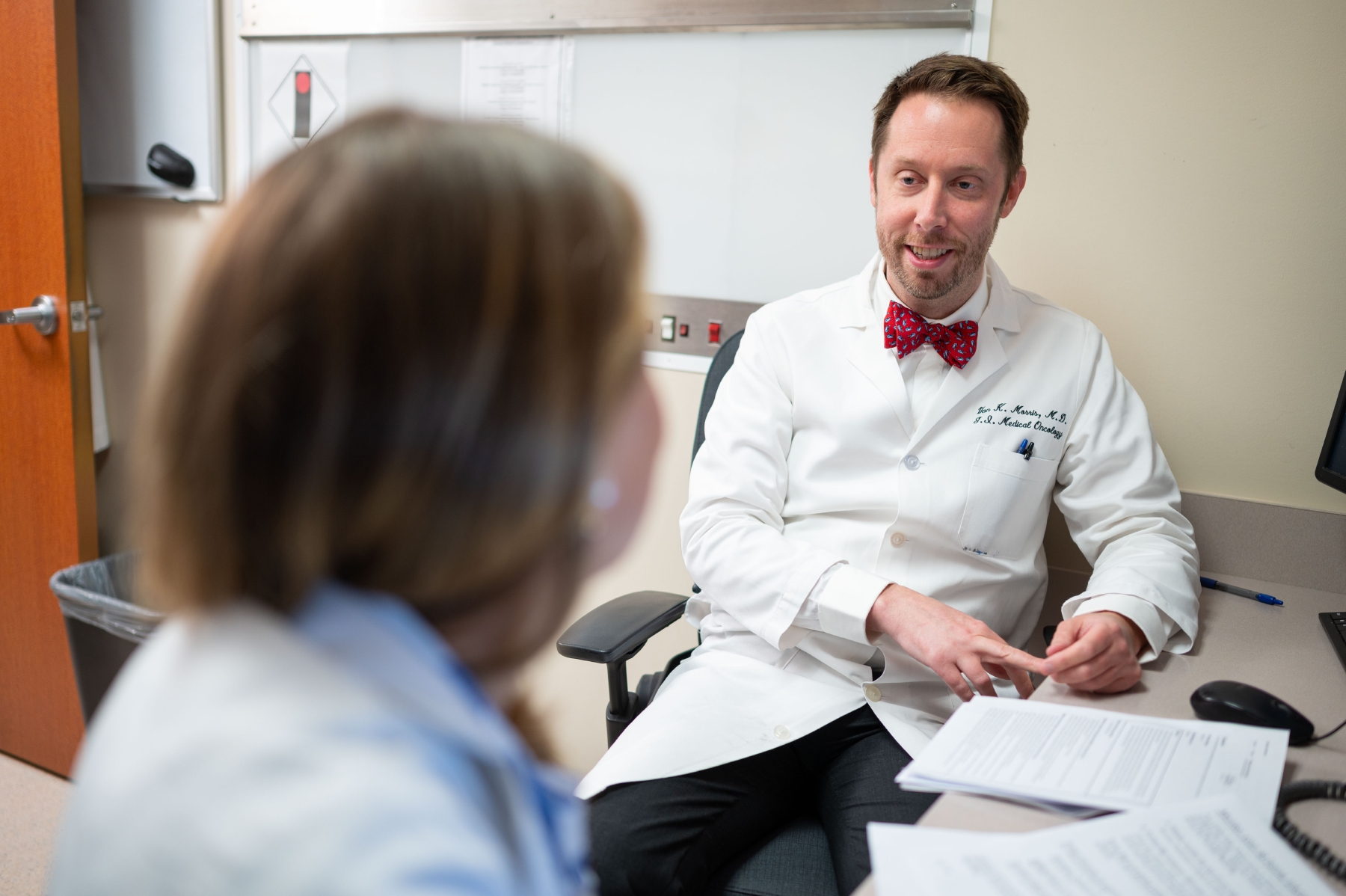- Diseases
- Acoustic Neuroma (16)
- Adrenal Gland Tumor (24)
- Anal Cancer (70)
- Anemia (2)
- Appendix Cancer (18)
- Bile Duct Cancer (26)
- Bladder Cancer (74)
- Brain Metastases (28)
- Brain Tumor (234)
- Breast Cancer (728)
- Breast Implant-Associated Anaplastic Large Cell Lymphoma (2)
- Cancer of Unknown Primary (4)
- Carcinoid Tumor (8)
- Cervical Cancer (164)
- Colon Cancer (168)
- Colorectal Cancer (118)
- Endocrine Tumor (4)
- Esophageal Cancer (44)
- Eye Cancer (36)
- Fallopian Tube Cancer (8)
- Germ Cell Tumor (4)
- Gestational Trophoblastic Disease (2)
- Head and Neck Cancer (14)
- Kidney Cancer (130)
- Leukemia (342)
- Liver Cancer (50)
- Lung Cancer (286)
- Lymphoma (278)
- Mesothelioma (14)
- Metastasis (30)
- Multiple Myeloma (100)
- Myelodysplastic Syndrome (60)
- Myeloproliferative Neoplasm (6)
- Neuroendocrine Tumors (16)
- Oral Cancer (102)
- Ovarian Cancer (178)
- Pancreatic Cancer (162)
- Parathyroid Disease (2)
- Penile Cancer (14)
- Pituitary Tumor (6)
- Prostate Cancer (150)
- Rectal Cancer (58)
- Renal Medullary Carcinoma (6)
- Salivary Gland Cancer (14)
- Sarcoma (238)
- Skin Cancer (302)
- Skull Base Tumors (56)
- Spinal Tumor (12)
- Stomach Cancer (66)
- Testicular Cancer (28)
- Throat Cancer (92)
- Thymoma (6)
- Thyroid Cancer (100)
- Tonsil Cancer (30)
- Uterine Cancer (86)
- Vaginal Cancer (18)
- Vulvar Cancer (22)
- Cancer Topic
- Adolescent and Young Adult Cancer Issues (22)
- Advance Care Planning (12)
- Biostatistics (2)
- Blood Donation (18)
- Bone Health (8)
- COVID-19 (360)
- Cancer Recurrence (120)
- Childhood Cancer Issues (120)
- Clinical Trials (628)
- Complementary Integrative Medicine (22)
- Cytogenetics (2)
- DNA Methylation (4)
- Diagnosis (240)
- Epigenetics (6)
- Fertility (62)
- Follow-up Guidelines (2)
- Health Disparities (14)
- Hereditary Cancer Syndromes (128)
- Immunology (18)
- Li-Fraumeni Syndrome (8)
- Mental Health (122)
- Molecular Diagnostics (8)
- Pain Management (62)
- Palliative Care (8)
- Pathology (10)
- Physical Therapy (18)
- Pregnancy (18)
- Prevention (940)
- Research (390)
- Second Opinion (78)
- Sexuality (16)
- Side Effects (616)
- Sleep Disorders (10)
- Stem Cell Transplantation Cellular Therapy (216)
- Support (408)
- Survivorship (330)
- Symptoms (182)
- Treatment (1794)
Phase I clinical trial gives renal cell carcinoma survivor life
3 minute read | Published October 21, 2016
Medically Reviewed | Last reviewed by an MD Anderson Cancer Center medical professional on October 21, 2016
Because of his father’s prostate cancer history, Carl “Travis” Klimitchek always made health screenings a priority.
But he didn’t expect his doctor to spot blood in his urine during a 2005 checkup. “I told him, ‘You’ve got to have my stuff mixed up with somebody else,’” says Travis, who was 44 at the time.
A CT scan and X-ray revealed a grapefruit-sized tumor on his left kidney. His doctor diagnosed him with renal cell carcinoma, the most common type of kidney cancer. “I was shocked,” Travis says. “I hadn’t noticed any symptoms.”
Choosing MD Anderson for renal cell carcinoma treatment
Within a week, Travis had surgery to remove the tumor and kidney in Victoria, Texas. Tests revealed a spot on his lungs, but the doctor suggested it was only scar tissue.
That’s when Travis decided to seek a second opinion. He’d heard MD Anderson was the place to go for cancer treatment, and it wasn’t far from his home in Hallettsville, Texas. Within 10 days, he had his first appointment.
At MD Anderson, Travis began renal cell carcinoma treatment under Nizar Tannir, M.D. “He was very professional,” Travis says. “He didn’t sugar-coat anything, and he encouraged us to ask questions.”
After further testing, Travis learned the spot on his left lung was cancer. Dr. Tannir started him on the oral chemo drug Sorafenib. The next summer, he switched to Sunitinib. Then, in September 2006, Travis had surgery to remove six nodules on his lung.
Travis’ chemotherapy side effects
Over the next three years, Travis tried more chemotherapy drugs – Afinitor, Gemzar, Xeloda, Avastin and Velcade. The cancer continued to spread to his right lung and abdomen.
Chemotherapy wasn’t easy on Travis. He lost 60 pounds and faced constant fatigue. “There were times when I would just lie in bed and thought I should just give up,” Travis recalls. “My wife, Audrey, would come in and say, ‘You can’t give up. You might help someone.’ She was my rock.”
Choosing a Phase I clinical trial
By 2009, Travis’ renal cell carcinoma had spread more. “If you dipped your finger in water and splattered it — that’s what it looked like in my lungs,” he says.
Dr. Tannir suggested he enroll in a Phase I clinical trial. Travis agreed. “There wasn’t anything else left to do,” he says. “We had tried all the other options.”
In December, he began taking an experimental drug.
Travis followed the protocol strictly, taking the pills each afternoon at 3:30 p.m.
He quickly saw results. “During chemo, Audrey had to push me in a wheelchair when we parked at MD Anderson,” he says. “But now I was able to walk and started feeling better.”
Amazing Phase I clinical trial results
Six weeks after starting the Phase I clinical trial, Travis returned to MD Anderson. He’d noticed that his pleural catheter, which drained fluid from his lungs, seemed clogged. After the CT scan, the technician told him there was a drastic change in his disease. The doctor described it as “amazing.”
That’s when Travis learned why the catheter was hardly draining: the cancer on his lungs was shrinking. Over the next few months, the cancer began to disappear. By April 2010, CT scans showed no sign of cancer.
A bright future
The Klimitcheks now return to MD Anderson every three months to see David Hong, M.D. Travis will take the experimental drug indefinitely.
Travis now encourages other patients to consider clinical trials, especially here at MD Anderson. “MD Anderson gave me something that wouldn’t be prescribed anywhere else. If you get a chance to try a new drug, by all means, do it,” he says. “If it doesn’t work, it may still help someone else.”
Travis believes he wouldn’t be here today if it weren’t for MD Anderson and the clinical trial available to him here.
“The Phase I team at MD Anderson is like family – a wonderful, caring group of people,” says Travis, who’s been in remission for six years now. “If it weren’t for them and the clinical trial available to me here, I don’t think I would’ve gotten to watch my three children graduate from high school and college. I’ll soon walk my daughter down the aisle, and I have a lot of life left to live.”
Related Cancerwise Stories

MD Anderson gave me something that wouldn’t be prescribed anywhere else.
Carl "Travis" Klimitchek
Survivor





